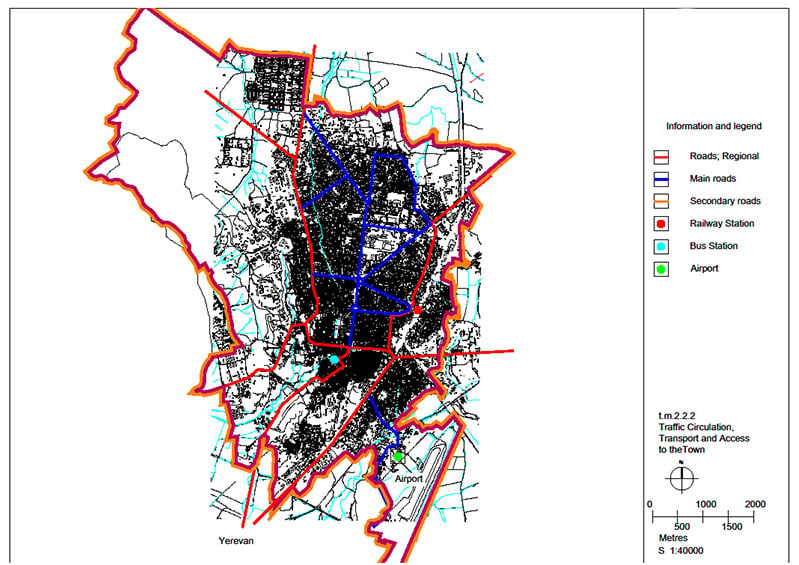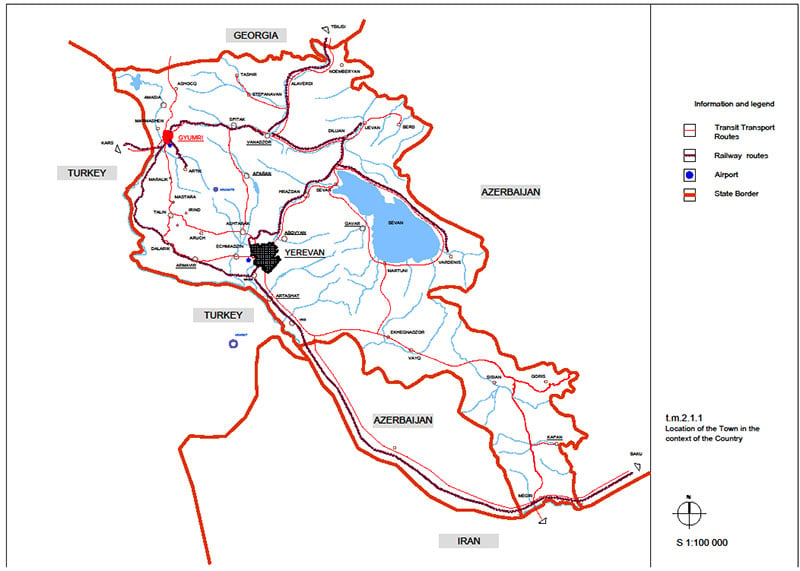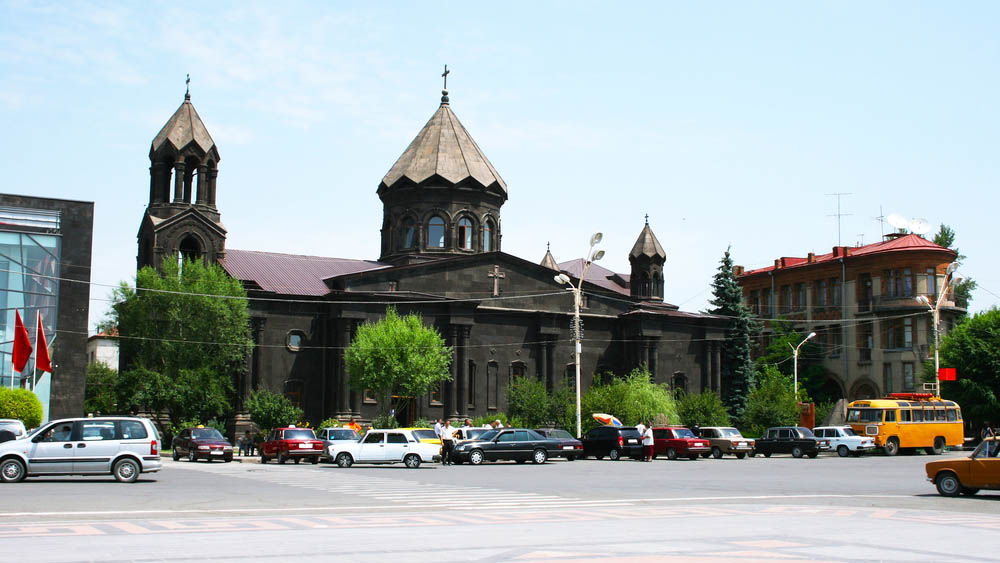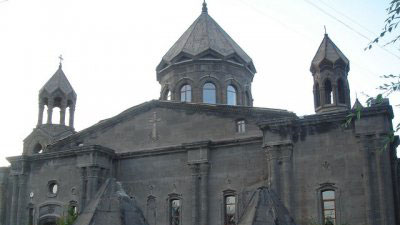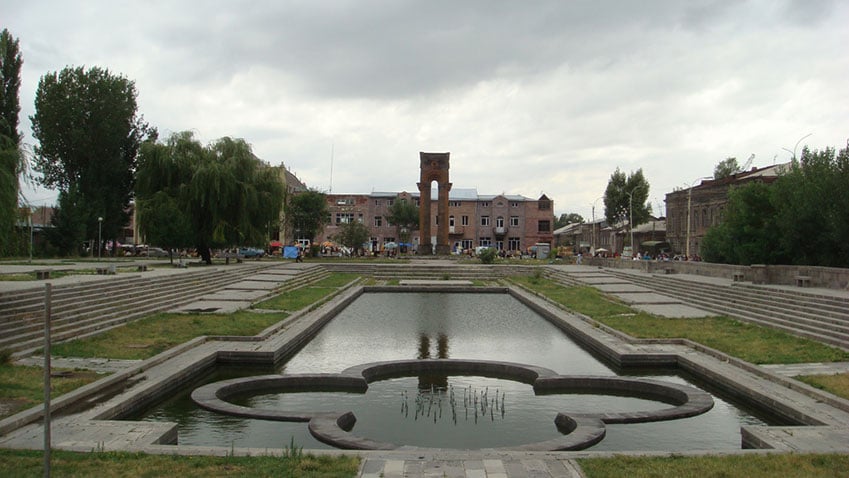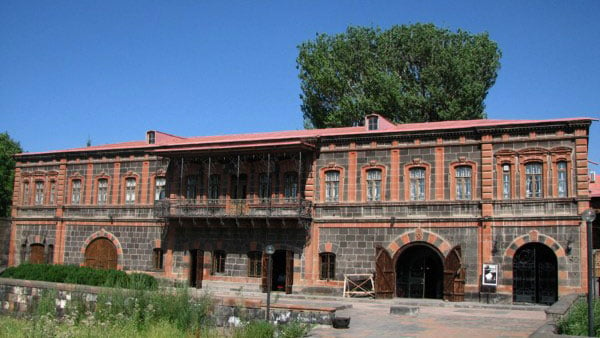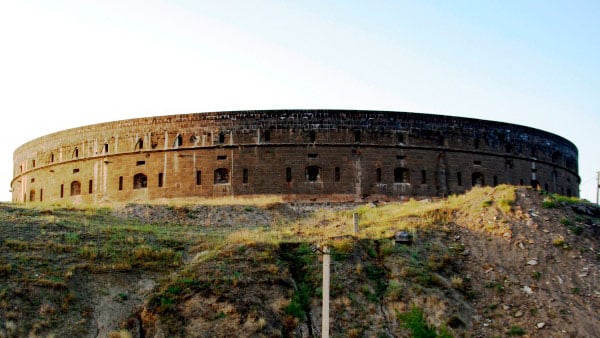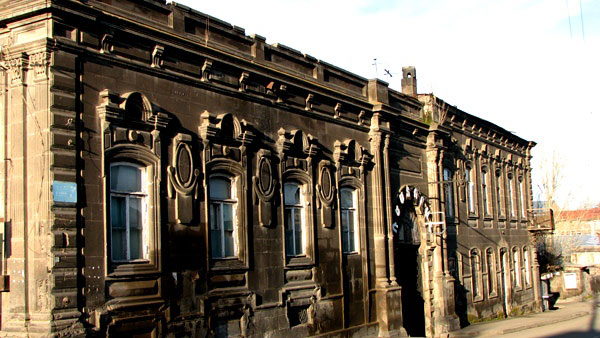COMUS Pilot town: Gyumri, Armenia


Number of inhabitants: 146 700
Area (km²): 44.29 km²
Gyumri is the second largest town of the Republic of Armenia, and is located in the central part of the Shirak region, with history dating back thousands of years. Recently discovered settlements date from the beginning of the 3rd millennium B.C. The settlement originally named Kumayri is mentioned in 774. At the beginning of the 19th century, the name Gyumri was used. In 1924, the USSR Central Executive Committee renamed the city Leninakan. The Georgia-Russia railways and connecting railway with Turkey pass through Gyumri. The town has an international airport operated with a sufficient level of technical ability. Alexandrapol-Leninakan-Gyumri has a rich educational and cultural history. Leninakan-Gyumri is famous for its literature and artistic traditions. It had a unique role in the formation of national artistic thinking and enrichment. It has a rich theatrical history and has been a city of songs and music. In 1988, a devastating earthquake hit the region and 526 buildings were destroyed, including schools, factories, residential buildings etc.
 outputs
outputs
Gyumri
- Preliminary Technical Files (PTF) in Armenian
- Reference Plan (RP) in Armenian
- Preliminary Technical Assessments (PTA) :
- PTA1- Establishment of Gyumri Urban Heritage Centre in Armenian
- PTA2- Adaptation of 17 Shiraz Street Historical Building as an Artists Residency in Armenian
- PTA3- Redevelopment of “Mayr Hayastan - Sev Berd” Cultural Park in Armenian
- PTA4- Rehabilitation of Historic District located within Varpetats-Abovyan-Rustaveli-Shiraz (Gorky) streets in Gyumri in Armenian
- PTA5- Rehabilitation of Historic-Cultural Environment of Varpetats Street in Armenian
- Feasibility Study (FS) :
 Statement by the Mayor about COMUS
Statement by the Mayor about COMUS
 "I give great importance to the project and hope that it will provide major investments in the city's future development, including job creation, tourism development, as well as heritage safeguarding and promotion."
"I give great importance to the project and hope that it will provide major investments in the city's future development, including job creation, tourism development, as well as heritage safeguarding and promotion."
Samvel BALASANYAN
Mayor of Gyumri
 Priorities
Priorities
Heritage specificities
Gyumri is distinguished by its strong cultural flavour. Since ancient times, Gyumri has been the city of arts and crafts, which has resulted in many statues and monuments. Gyumri is famous for its unique heritage with its carved buildings, bow windows with arches and decorated entrances. Primarily, most of the buildings, made of black and red tuff, are located in the "Kumayri" historical and cultural museum-reserve area, which has an area of almost 22 percent of the city area.
For identifying problems within COMUS, the "Kumayri" museum-reserve area was chosen as a study area, where the city's historical and cultural heritage is concentrated. This includes the historic core of the city of Gyumri, established in 1980 by the government, the purpose of which was the preservation of 1 800 historic structures preserved from the 19th century.
Following the earthquake, most of these buildings are endangered. In this area, writer-poets, troubadours, composers, sculptors, scientists, singers and other well-known intellectuals lived and worked. In 2008, the government recognised 8 towns under special urban protection, including Gyumri's historic centre.
Local challenges
The initial mapping and meeting with the Local Stakeholders Group has helped the COMUS team to identify the main challenges in the historic town, namely:
- Lack of integrated approach regarding spatial planning documents, necessary for urban development. The city has no urban policies and cultural grounding project.
- The poor condition of the existing buildings in the "Kumayri" museum-reserve area, including a large number of uninhabited structures and structures belonging to the vulnerable population.
- Problems regarding street traffic signs in the historic district, and the resulting problems with transport regulations, particularly gas pipes, landfills, lack of sidewalks and no integrated solutions.
- Lack of vision for the revitalisation of historic districts, which could be realised by a complete reconstruction of one block or one street, making their consequences more visible.
- The absence of a tourism sector, especially the lack of an information centre and other infrastructures, as well as the development of projects and initiatives emanating from it.
Local priorities
- Heritage enhancement is considered one of the obstacles of local authorities. The amount and area of the protected sites is quite big and is not considered a developed part of the town. Although there are some initiatives to rehabilitate this area, it remains endangered.
- Habitat improvement demand and social concerns are the biggest fears in the town. Until the early 2000s, there were about 17 000 people living in temporary shelters. Now there are about 2 700 families. Before the earthquake, about 260 000 people lived in Gyumri. According to the most recent census, the population of Gyumri is now 118 000.
- Development of commercial and service activities is one of the keys for economic improvement. In Gyumri, there were around 130 booths (small shops), nearly 320 food stores, 2 markets for agricultural products, and about 35 cafes and restaurants. The central streets and sidewalks of Gyumri are surrounded by oversized booths and pavilions, many of which already serve as warehouses for carrying out open-air illegal trade. This issue with commercial spaces for food and non-food products and agricultural products should be the subject of stricter regulation.
- Reduction of urban wastelands is another important issue in Gyumri, especially as a result of poor earthquake planning policies. Several satellite towns were built which extended the urban limits, but which left urban wastelands in between.
- Enhancement of urban landscapes and public spaces is part of the urban culture of the town. Wide squares and several pedestrian streets, realised during the last years of the Soviet Union, make Gyumri a pleasant town to walk around. The use of public art and sculptures is something which might enhance the cultural urban experience of the town.

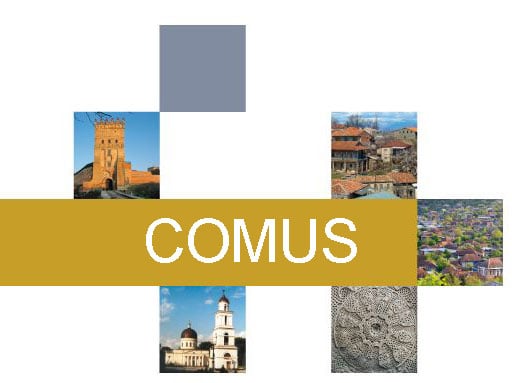
 Contacts
Contacts
Mayor of Gyumri

- Mr Samvel BALASANYAN
National Coordinator
- Ms Gohar GRIGORYAN
Project officer
- Mr Hovhannes SAHAKYAN
Senior Specialist of Urban Constructions and Architecture of the Municipality of Gyumri
Project Implementation Unit
- Henrik GASPARYAN
Deputy Head of Urban Planning and Architecture Department of Gyumri Municipality - Stepan-TER-MARGARYAN
Director of "Kumayri" Historical-Cultural Museum-Reserve - Armen HOVHANNISYAN
Department Head of Projects, Foreign Relations and Protocol of Gyumri Municipality - Vahan TUMASYAN
Chairman of "Shirak Center" NGO - Levon BARSEGHYAN
Chairman of Journalists’ “Asparez” club NGO board - Aleksan-TER-MINASYAN
Executive Director of "Berlin Art" Hotel - Karine MKRTCHYAN
Chairman of "Women's space" NGO - Antonio MOLTALTO
President of "Friends of Gyumri" Foundation - Arsen VARDANYAN
Organizer of the Civil Youth Initiative "Gyumri is Our Home" - Artashes BOYAJYAN
Researcher at the Shirak Local Museum - Marina BAZAEVA
PR Manager of Caritas Gyumri - Aleksey MANUKYAN
Independent Artist - Gayane GALOYAN
Chairman of "Narek" Charitable Foundation - Vardevar SHAMAMYAN
Miniaturist - Anna MARTIKYAN
Journalist - Ashot MIRZOYAN
Administrative Manager of City Research Center
 News
News
Gyumri: launching of a rehabilitation programme on Kumayri Historic Centre
 General information
General information








